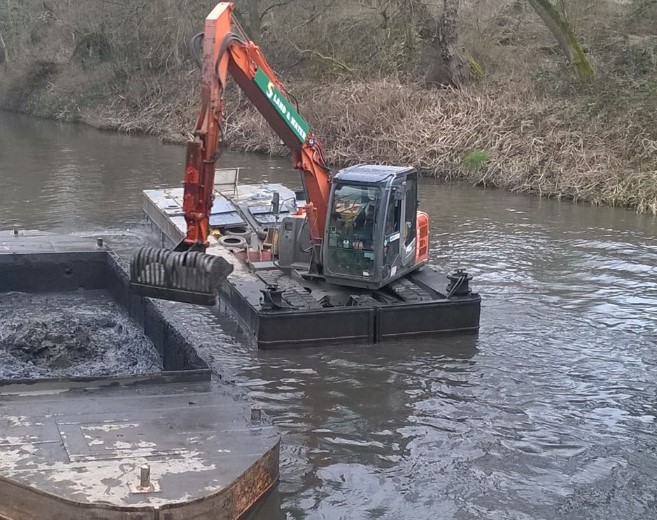
This resulted, from 1967, in a considerable annual reduction in the dredging commitment particularly within the Mud Reaches (HR Wallingford EX 4936, Table 4.2). Approximately 50% of this dredging originated in the Mud, Gravesend and other Reaches.įollowing a review of the dredging requirements of the River in the 1950s, the PLA implemented a significant change of policy for the dredging objectives and disposal practice.

Much of this material was disposed of in the outer estuary (Black Deep and Barrow Deep) located in the outer Estuary. The main navigation channel created by 1928 was largely self maintaining, but annual dredging returns for the River and docks for the periods 1928 to 1956 are fairly consistent, averaging 2,660,000 hopper tonnes per annum (extracted from An Overview of tidal Thames Estuary, HR Wallingford Report EX 4936, Rev 2.0, Table 4.1, and corroborated in The Thames Estuary Coastal Processes and Conservation, Institute of Estuarine and Coastal Studies, October 1993 – Section 6.1). Since 1928, dredging in the Thames has been primarily associated with maintaining depths. Further works were undertaken during a second capital dredging campaign concluded by 1928, during which some 37 million cubic yards were excavated. Significant dredging works were undertaken between 18. From 1857, when the Thames Conservators were reconstituted, dredging activity in the Thames increased to maintain and improve the main navigation, ensuring passage of new classes of commercial shipping, which were both wider and deeper draughted. Encroachment through reclamation and construction of wharfage ensured access was maintained, although by the early C19th some dredging works had commenced principally to lower shoals on the main channels and to provide a source of ballast. The Thames River and estuary has provided a national gateway port since the Roman Period.


 0 kommentar(er)
0 kommentar(er)
